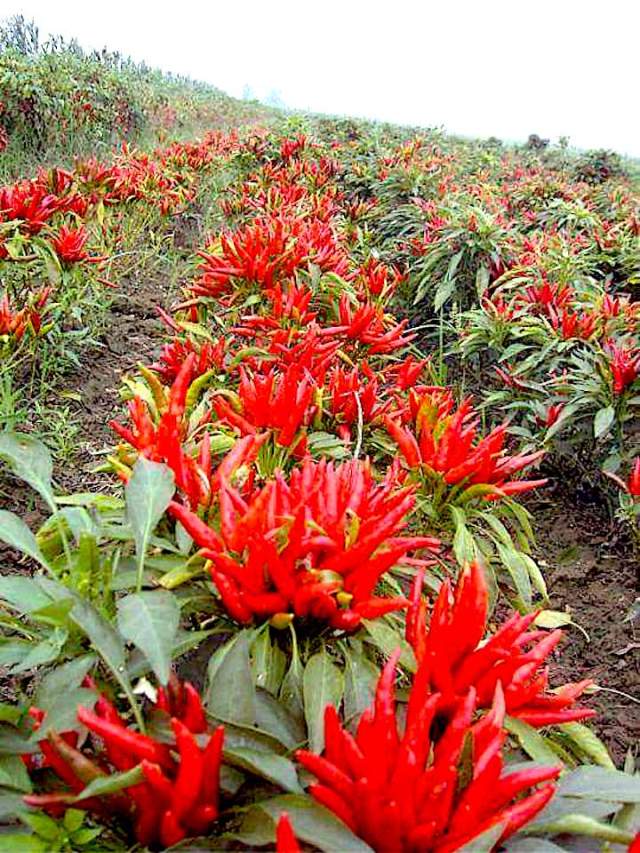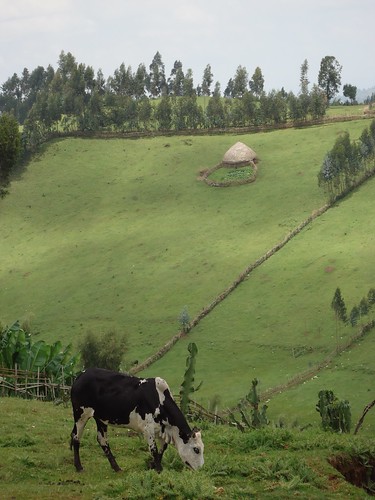 Fruitful curly red chili trees on fine soil. Photo by: http://www.hallogarden.com – http://www.hallogarden.com/wp-content/uploads/2017/02/FB_IMG_14866445679861.jpg
Fruitful curly red chili trees on fine soil. Photo by: http://www.hallogarden.com – http://www.hallogarden.com/wp-content/uploads/2017/02/FB_IMG_14866445679861.jpg
4 WAYS TO FERTILIZE DRY AND BARREN SOIL IN AGRICULTURE
http://www.hallogarden.com/2017/02/4-ways-fertilize-dry-barren-soil-agriculture/
Soil is a media most frequently used by farmers to plant various types of crops. However, there are other kinds of farming that doesn’t use as their media for example hydroponic farming, aquaponics farming, etc.
In soil, we can find a lot of important nutrients to protect so they can be beneficial for plants around the area. Most of the times, dry, barren soil tend to get left as it is, dry and barren. This causes the nutrients in it to diminish due to the lack of proper care and optimized use. So, if you find land around you with dry and barren soil, it is best for you to optimize it by planting various vegetables and fruits and making your own garden.



 Durum wheat variety, Ethiopia. Credit: Bioversity International
Durum wheat variety, Ethiopia. Credit: Bioversity International